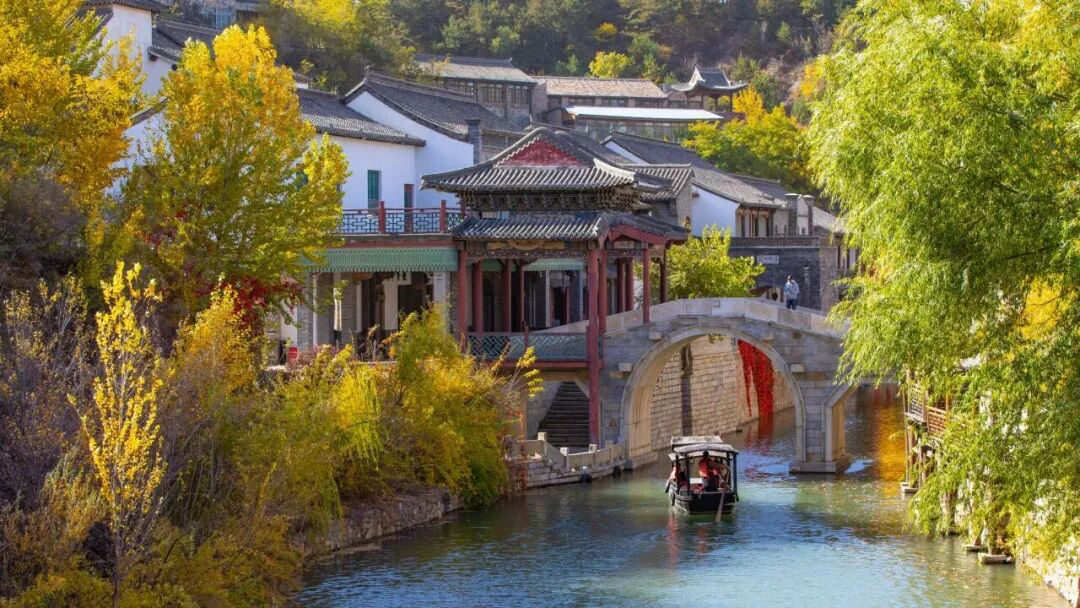The city walls and gates were once important landmarks of this city. The nine gates of the inner city each had their own responsibilities, and the front three gates in the south were the boundary between the old and new city, maintaining the prosperity of the city like an impregnable fortress. By revisiting the memories of Chongwenmen and exploring its past glory and present changes, one can embark on a street walk with historical imprints as the backdrop and the vitality of life as the scenery.
Peking Legation Quarter - Beijing's longest hutong

Starting from Chongwenmen and stretching 1.6 kilometers to the west, Peking Legation Quarter has been an important alley for transporting food since the Yuan Dynasty. In the Ming and Qing dynasties, important government institutions such as the Supervision Bureau, the Imperial Hospital, and the Guesthouse were established here. In the late Qing Dynasty, Western countries such as Britain, France, the United States, and Germany successively established embassies here, until the signing of the "Boxer Protocol" in 1901 completely designated Peking Legation Quarter as a foreign "Legation Quarter" to be managed by each country separately.
Based on this special history, a unique architectural style has also been created here. In close proximity to the ancient imperial city, there is a European-style block that integrates foreign embassies, churches, banks, and clubs. Today, while strolling along this alley, one can still see a complete collection of Western-style buildings. For example, the present-day China Court Museum used to be the former site of the Specie Bank of Japan, while the Police Museum was once the old Citibank building. The mysterious Zijin Hotel used to be the Belgian Embassy, and the Spanish Embassy, which signed the "Boxer Protocol", was also relocated eastward and transformed into the present-day Peking Legation Quarter Hotel.
Beijing Ming City Wall Ruins Park - Witness to Beijing's history

Most of the city walls built in Beijing over the ages no longer exist, and the relatively intact section is the Ming City Wall ruins from Chongwenmen to the Archery Tower of Dongbianmen. Walking along the trail beneath the city wall to the east, the once magnificent wall now appears weathered, but the ruins against the backdrop of green trees and blue skies add a touch of incomplete beauty.
Along the path beneath the city wall, there are green trees and blooming flowers everywhere in the spring, and many people come here to take a walk, stroll with their children, chat, and rest. At the end of the relics park to the east is the southeast corner tower of the old city, which is the largest and most intact city wall corner tower in the country. Climbing the steps along the city tower, one can enjoy a panoramic view of the modern CBD of the city, or watch the trains passing by not far from the foot of the city wall, all emitting the inclusiveness and pattern of new Beijing where the past and present intersect.
Translator: ZHAO Huinan
Reviewer: BAO Minmin



